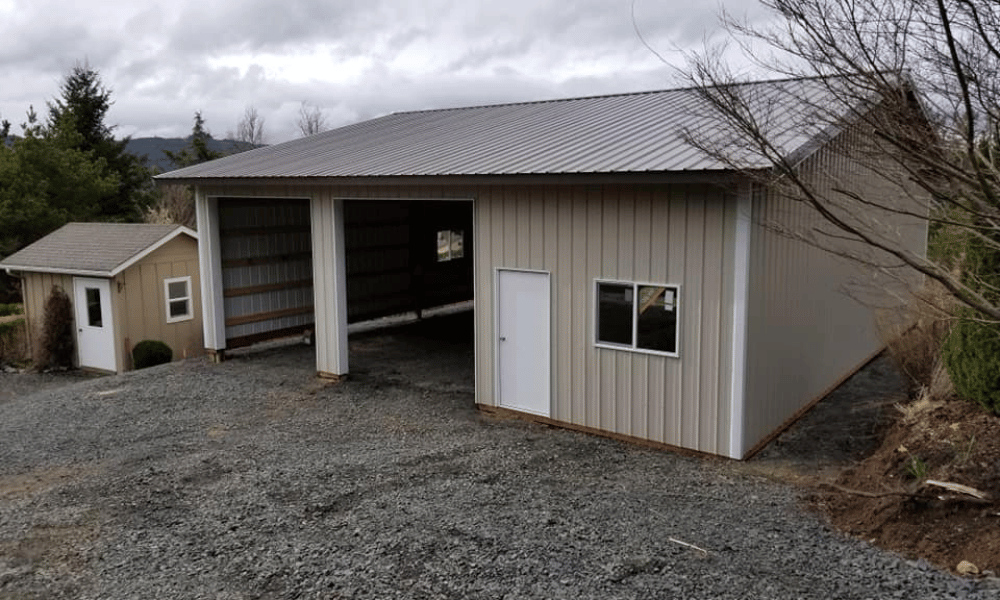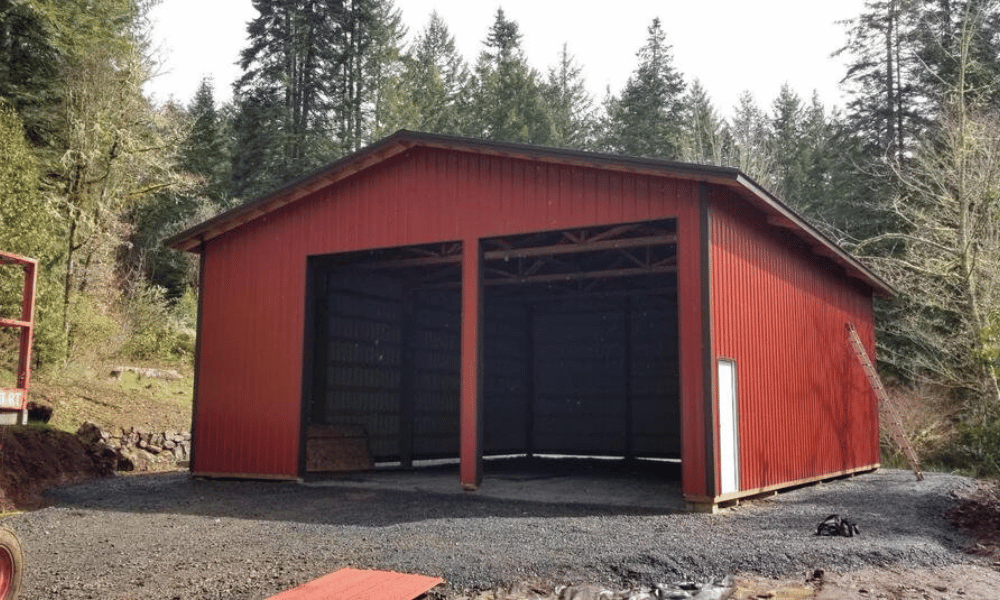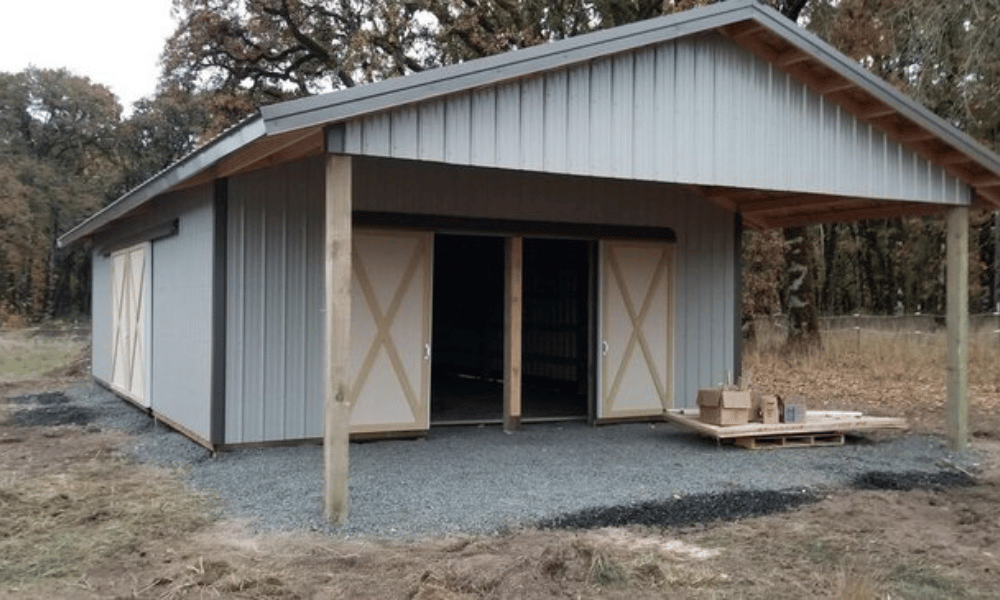Introduction
When it comes to building structures that are both functional and efficient, pole barns have emerged as a popular choice for various applications. Whether you're a farmer looking to shelter livestock, a contractor needing extra storage space, or even a homeowner wanting a workshop, pole buildings can provide the versatility you need. However, the key to maximizing their potential lies in how well these structures are planned and utilized. This article will delve deep into creating an efficient workflow with well-planned pole barns, exploring every aspect from design to functionality.
What Are Pole Buildings?
Pole buildings are quite different from traditional structures. They utilize vertical poles embedded in the ground to support the roof and walls, eliminating the need for a foundation. This unique construction method offers many advantages, including cost-effectiveness and rapid assembly.
Advantages of Using Pole Buildings
Cost-Effective: With reduced material costs and labor time. Quick Construction: Faster build times compared to traditional framing. Versatile Design Options: Can be customized for various purposes. Durability: Built to withstand harsh weather conditions.Creating an Efficient Workflow with Well-Planned Pole Barns
To ensure your pole barn serves its intended purpose effectively, careful planning is essential. Efficient workflows involve thoughtful design, optimal layouts, and smart organization of space.
Understanding Your Needs
Before diving into the specifics of design and layout, it's crucial to assess what you need from your pole barn.
- What is the primary function? (Storage, livestock housing, workspace) How much space do you require? What equipment or tools will you store? Will there be a need for utilities such as electricity or water?
Designing for Efficiency
Once you've understood your needs, incorporate them into your design.
Layout Considerations
A well-thought-out layout can drastically improve workflow efficiency:
Zoning Areas:- Create distinct zones for storage, workspaces, and entry/exit points.
- Ensure there are wide aisles between sections for easy movement.
- Strategically place doors and windows for optimal airflow and accessibility.
Material Selection
The materials used in constructing your pole barn can affect not only its durability but also its efficiency.
Choosing Quality Materials
- Wood vs Metal: Both have their pros and cons depending on your usage. Insulation: Essential if climate control is necessary.
Maximizing Space Utilization
Efficient use of space can significantly impact workflow within your pole barn.
Vertical Storage Solutions
Consider shelving units or racks that take advantage of vertical space without compromising floor area.
Multi-Functional Areas
Design spaces that can serve multiple purposes—for example, a workspace that doubles as storage when not in use.
Incorporating Technology Into Your Workflow
In today's digital age, incorporating technology can streamline operations further.
Smart Barn Management Systems
Automated systems can assist in monitoring temperature controls or managing inventory levels within your pole barn.

Mobile Applications for Inventory Management
Using apps designed specifically for inventory management can help keep track of supplies and equipment efficiently.
Sustainability Practices in Pole Barn Construction
As we become more environmentally conscious, incorporating sustainable practices into constructing pole barns has become essential.
Eco-Friendly Materials
Using reclaimed wood or recycled materials not only reduces waste but also adds character to your structure.
Energy-Efficient Designs
Consider solar panels or green roofs to minimize energy consumption and reduce utility costs over time.
Maintenance Tips for Long-Term Efficiency
Creating an efficient workflow doesn't end at construction; proper maintenance is equally important.
Regular Inspections
Conduct regular inspections of the structure's integrity—check beams, roofs, and any other crucial components regularly.
Cleaning Protocols
Establish cleaning schedules to maintain hygiene—especially if you're storing food-related items or housing animals.
http://johnnyyoir596.iamarrows.com/outdoor-adventures-begin-inside-your-pole-barn-workshopFrequently Asked Questions (FAQs)
1. What is the average cost of building a pole barn?
The average cost varies widely based on size and materials but generally ranges from $10-$30 per square foot.

2. How long does it take to construct a pole barn?
Depending on size and complexity, construction may take anywhere from a few days to several weeks.
3. Are permits required for building a pole barn?
Yes! Always check local zoning laws before beginning construction on any new structure.
4. Can I insulate my pole barn?
Absolutely! Insulating your pole barn helps regulate temperature year-round—it's especially beneficial if used as living space or animal housing.
5. What type of roof should I choose?
Metal roofs are popular due to their durability; however, shingle roofs may offer better insulation options depending on climate conditions.
6. Can I customize my pole barn design?
Definitely! Customization allows you to tailor features specific to your personal needs—such as door placement or window sizes!
Conclusion
Creating an efficient workflow with well-planned pole barns involves meticulous planning from start to finish—from understanding individual needs to choosing appropriate materials and implementing smart technology solutions. By focusing on these aspects while maintaining sustainability practices and proper maintenance protocols post-construction, you'll be well-equipped to enjoy all the benefits that these versatile structures have to offer while achieving maximum efficiency in your operations.

So whether you're looking into building one as part of agricultural endeavors or simply requiring additional storage solutions—investing time upfront will pay dividends down the road!